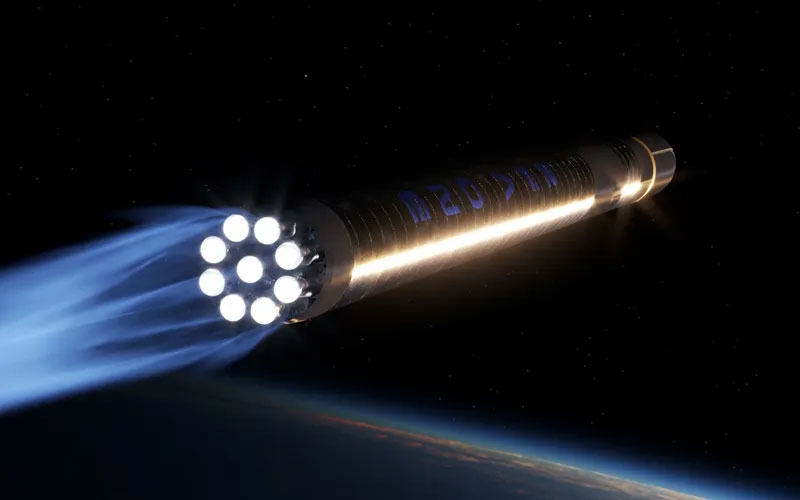
An Assessment of Environmental Effects (AEE) report published by the UK Civil Aviation Authority for public consultation has given greater insight into Rocket Factory Augsburg’s (RFA) proposed operations at SaxaVord Spaceport in Scotland.
The report was published on 26 February and details a plan for RFA to conduct up to 10 launches per year from SaxaVord, which would account for one-third of the spaceport’s total budget of 30 orbital launches per year. Additionally, because of the local bird population, RFA will be unable to conduct launches or static fire tests between mid-May and the end of June. The company will also be limited to a maximum of two launches per month.
Another element of RFA’s SaxaVord operations that is outlined in the AEE report is the method that the company will use to lift RFA ONE rockets from a transport vehicle up onto the launch stool, which is several metres in the air. According to the report, the company will utilize a “standard mobile crane” to position the rocket on the launch stool.
In addition to revealing details about the company’s operations at SaxaVord, the report also describes specifics about the RFA ONE rocket, which the report calls the “RFA ONE NOM launch vehicle.” It details the vehicle as being larger and more complex than previously thought. This may indicate that while the company plans to utilize the current configuration for a maiden flight, a revised variant will be employed moving forward.
In the report, the RFA ONE NOM rocket is described as having a height of 40.5 metres and a diametre of 3.3 metres when equipped with the Hammerhead fairing.
The RFA ONE can be equipped with a selection of three fairings. The Standard fairing has a height of 3.849 metres, the Long fairing a height of 6.015 metres, and the Hammerhead faring a height of 8.044 metres. As a result, with the standard fairing, the RFA ONE NOM would stand at 35.3 metres tall with a diametre of 2.1 metres, a full five metres taller than the 30-metre height currently listed on the RFA website. The diametre of the RFA ONE also appears to have grown slightly from 2 metres to 2.1 metres.
While the changes to the rocket’s dimensions are noteworthy, the most significant change to the rocket as described in the report is that the 21-metre first stage will now be equipped with 13 Helix engines producing 1,300 kilonewtons of thrust instead of just nine engines, as previously stated by the company.
RFA is currently working towards a maiden flight in Q2 2024. However, according to reports, this is likely to be pushed back to later in the year. The CAA public consultation period for the RFA AEE report is expected to close on 25 March 2024.

